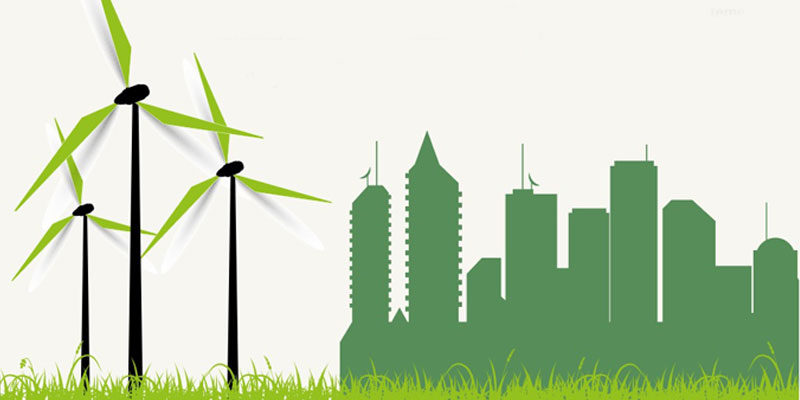- India
- Dec 06
NHAI to issue green bonds worth Rs 1,000 crore
• The National Highways Authority of India (NHAI) said its special purpose vehicle DME Development Ltd (DMEDL) will raise Rs 1,000 crore through green bonds to implement climate-friendly measures on the Delhi-Mumbai Expressway project.
• The aggregate size of the issue will be up to Rs 1,000 crore, with a base issue size of Rs 500 crore. Also, there will be a green-shoe option to retain oversubscription up to Rs 500 crore.
• The proceeds will be used for avenue plantation, median plantation, construction of animal underpasses, natural stormwater drainage, streetlight on renewable energy (solar), waste recycling and reuse, and rainwater harvesting.
• The issue of green bonds will help enhance DMEDL’s financial performance in terms of the overall cost of borrowings and diversify investor base by attracting environmental, social, and governance (ESG) focused investors.
• Incorporated in August 2020, DMEDL is a wholly-owned special purpose vehicle of NHAI for financing, construction, and operation of the Delhi-Mumbai greenfield expressway and has received AAA rating from CRISIL, CARE and India Rating.
• DMEDL aims to raise about Rs 48,000 crore from banks as well as the financial market through loans and bonds and has raised around Rs 42,000 crore.
What are green bonds?
• Green bonds are committed to financing or refinancing investments, projects, expenditure or assets helping to address climate and environmental issues.
• Both governments and companies use them to finance the transition to a more sustainable and low-carbon economy.
• A green bond is differentiated from a regular bond by its label, which signifies a commitment to exclusively use the funds raised to finance or refinance green projects, assets or business activities. Green projects are projects that promote progress on environmentally sustainable activities.
• Green bonds provide an opportunity to mobilise capital for green investments.
• The green bond market can provide an additional source of green financing to bank lending and equity financing, and enable long-term financing for green projects in geographies where the supply of long-term bank loans can be limited.
Evolution of green bonds
• Multilateral Development Banks (MDBs) initiated the development of the green bond market in 2007-2008, with the European Investment Bank (EIB) and the World Bank leading the way. In July 2007, the EIB issued the first green bond called Climate Awareness Bond (CAB) worth €600 million, which focused on renewable energy and energy efficiency.
• The following year, the World Bank launched its first green bond of approximately $440 million in response to specific demand from Scandinavian pension funds seeking to support climate focused projects.
• Since then, the green bond market has grown substantially in size and sophistication.
• In 2010, the International Finance Corporation (IFC), European Bank for Reconstruction and Development (EBRD) and other public entities (governments, agencies and municipalities) joined and issued $4 billion worth of green bonds.
• More countries joined the green bond market in 2015, contributing to a total annual issuance of $41.8 billion.
• Today, the annual green bond issuance continues to grow rapidly.
• The green bond market needs to grow more quickly to achieve the targets in the Paris Agreement.
• According to experts, global green bond investment is expected to reach $1 trillion soon.
Manorama Yearbook app is now available on Google Play Store and iOS App Store


